#archaeology
Text
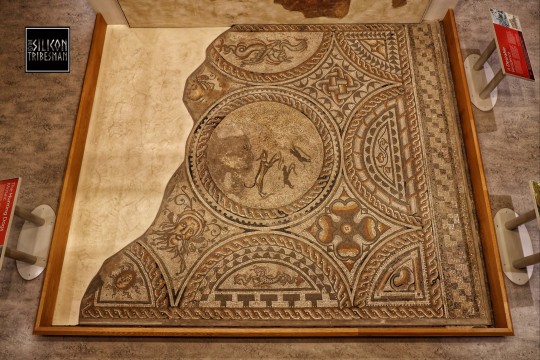
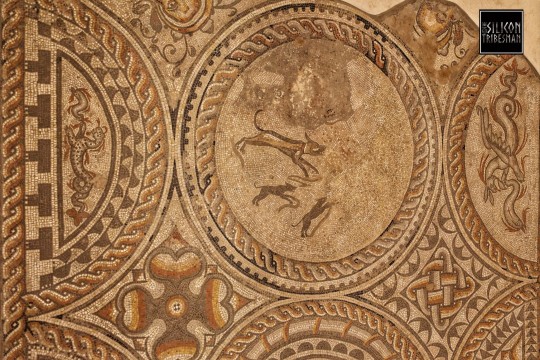



The Hunting Dogs Mosaic, Corinium Museum, Cirencester
#romans#roman#roman empire#roman mosaic#archaeology#mosaic#roman britain#roman craft#roman art#ancient cultures#ancient living#Corinium#Cirencester
60 notes
·
View notes
Text
63 notes
·
View notes
Text

Cantería Inca, Machu Picchu, 2010.
16 notes
·
View notes
Text
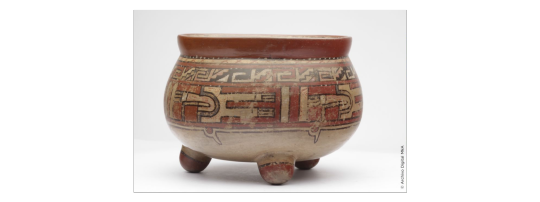
Técnica: Modelado
Provenience unknown, possibly looted
MNA
22 notes
·
View notes
Text
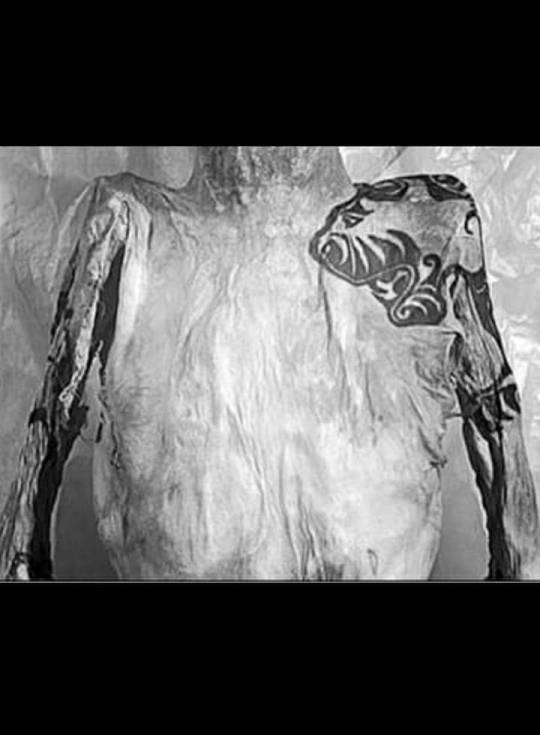


3rd century Scythian mummy discovered in Siberia in 1949 with some amazing tiger tattoo artistry.
14 notes
·
View notes
Text
A murder mystery film set in a medieval village. After an outbreak of plague, the villagers make the decision to shut their borders so as to protect the disease from spreading (see the real life case of the village of Eyam). As the disease decimates the population, however, some bodies start showing up that very obviously were not killed by plague.
Since nobody has been in or out since the outbreak began, the killer has to be somebody in the local community.
The village constable (who is essentially just Some Guy, because being a medieval constable was a bit like getting jury duty, if jury duty gave you the power to arrest people) struggles to investigate the crime without exposing himself to the disease, and to maintain order as the plague-stricken villagers begin to turn on each other.
The killer strikes repeatedly, seemingly taking advantage of the empty streets and forced isolation to strike without witnesses. As with any other murder mystery, the audience is given exactly the same information to solve the crime as the detective.
Except, that is, whenever another character is killed, at which point we cut to the present day where said character's remains are being carefully examined by a team of modern archaeologists and historians who are also trying to figure out why so many of the people in this plague-pit died from blunt force trauma.
The archaeologists and historians, btw, are real experts who haven't been allowed to read the script. The filmmakers just give them a model of the victim's remains, along with some artefacts, and they have to treat it like a real case and give their real opinion on how they think this person died.
We then cut back to the past, where the constable is trying to do the same thing. Unlike the archaeologists, he doesn't have the advantage of modern tech and medical knowledge to examine the body, but he does have a more complete crime scene (since certain clues obviously wouldn't survive to be dug up in the modern day) and personal knowledge from having probably known the victim.
The audience then gets a more complete picture than either group, and an insight into both the strengths and limits of modern archaeology, explaining what we can and can't learn from studying a person's remains.
At the end of the film, after the killer is revealed and the main plot is resolved, we then get to see the archaeologists get shown the actual scenes where their 'victims' were killed, so they can see how well their conclusions match up with what 'really' happened.
#film ideas#plotbunny#murder mystery#detective stories#period dramas#middle ages#history#archaeology
20K notes
·
View notes
Text
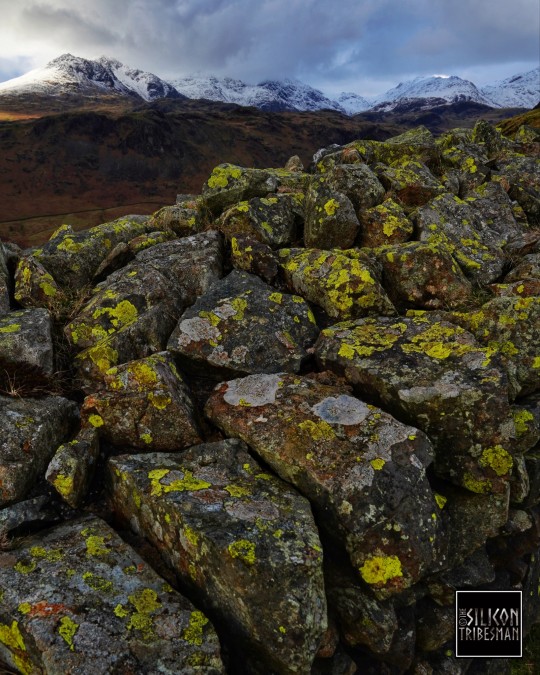

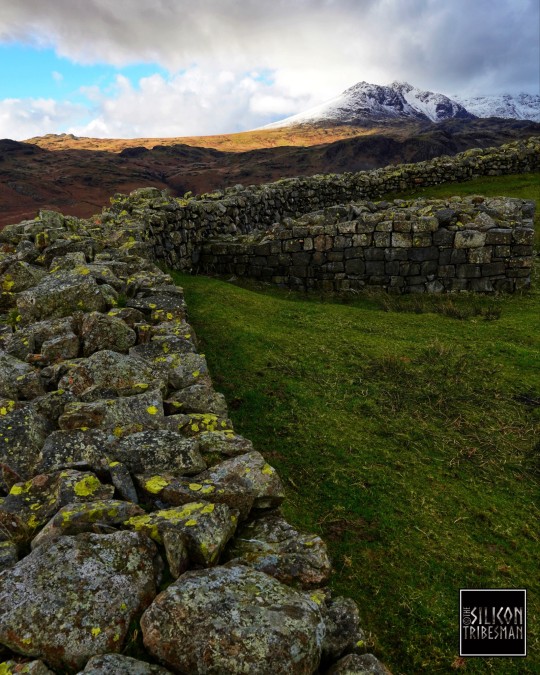



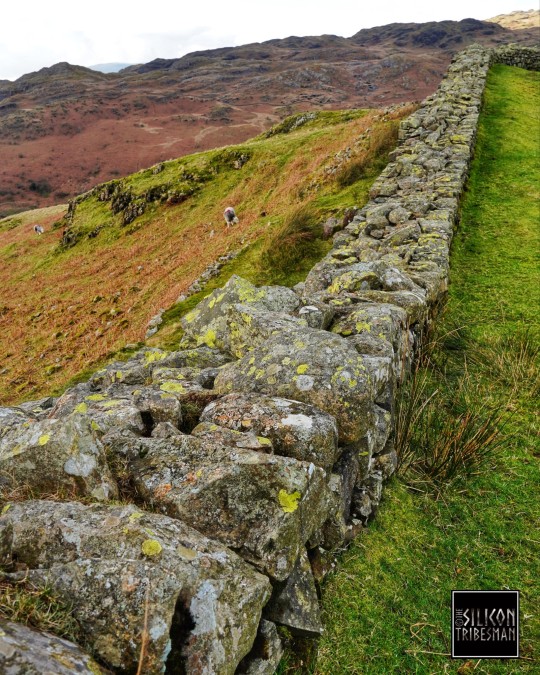
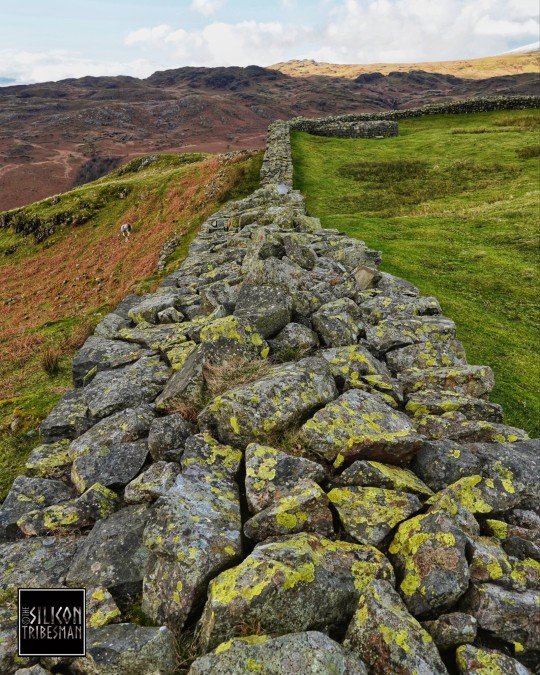

Hardknott Roman Fort, Hardknott Pass, Lake District
#Roman#romans#roman living#roman britain#roman army#roman soldiers#roman fort#hardknott pass#roman road#routeways#wild places#outdoors#landscape#stoneworks#roman ruins#archaeology#prehistory#ancient history
14 notes
·
View notes
Text
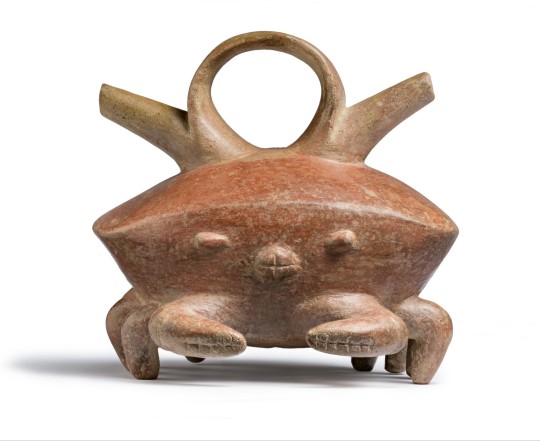

~ Crab Vessel with Double Spout.
Place of origin: Colombia, Calima Region
Period: Ilama Period
Date: 1500 B.C.-A.D. 100
Medium: Ceramics
#ancient#ancient art#history#museum#archeology#ancient history#archaeology#ancient pottery#pottery#south america#crab#crab vessel#calima#Colombia#pre columbian#Ilama Period#1500 b.c.#a.d. 100
16K notes
·
View notes
Text


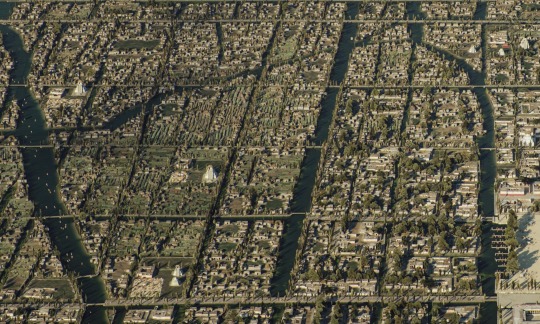
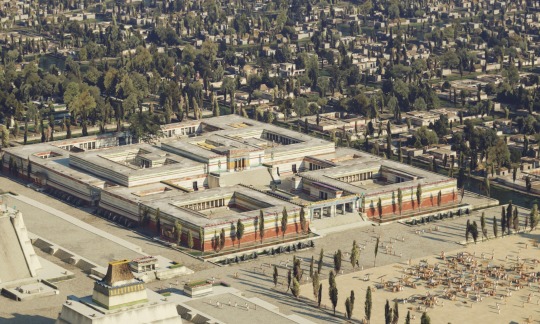
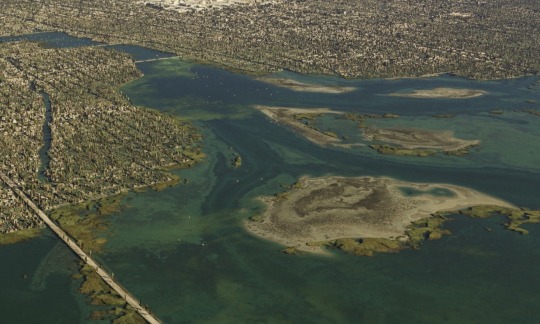
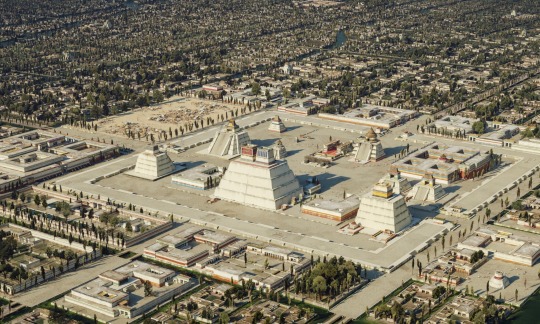
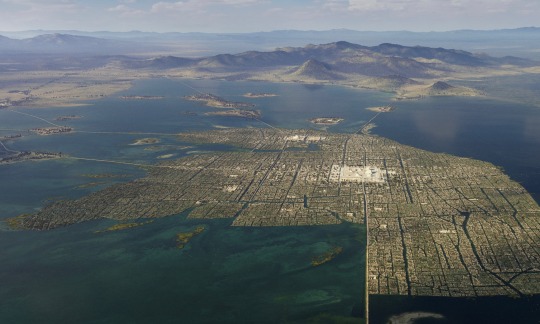
3D Reconstruction of Tenochtitlán by Thomas Kole
#history#art#mesoamerica#archaeology#antiquities#mexico#aztec#indigenous#indigenous history#precolumbian#precolumbian art#tenochtitlan#my posts
9K notes
·
View notes
Text

The ancient theatre of Epidavros, Peloponnese, Greece. 4th c.BC.
8K notes
·
View notes
Text

An extraordinary Acheulean handaxe knapped around a fossil shell circa 500,000-300,000 years ago.
The maker appears to have deliberately flaked around the shell to preserve and place it in a central position. As a result this handaxe has been described as an early example of artistic thought.
From West Tofts, Norfolk.
Museum of Archaeology and Anthropology, University of Cambridge, Courtesy Alison Fisk
11K notes
·
View notes
Text

A kooky fly-shaped clay vessel (15th Dynasty)
With its realistic representation of a fly, it includes large eyes, wings, and legs that resemble hands
#art#lol#weird#archaeology#ancient#ancient art#egyptian art#egypt#egyptology#ancient egypt#clay#clay art#kemetic#ancient kemet#kemet
8K notes
·
View notes
Text
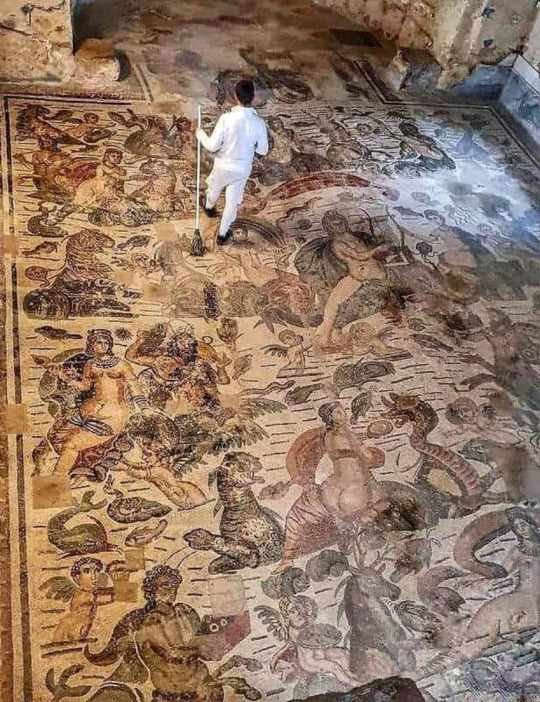
Ancient Roman mosaic floor at Villa Romana del Casale, Sicily, Italy, depicts mythical creatures and characters from Greek mythology.
3K notes
·
View notes
Text

~ Eccentric Flint in the Form of a Scorpion.
Place of origin: Belize, Guatemala, Honduras, or Mexico (Mesoamerica)
Culture: Maya
Date: A.D. 600–900
Medium: Stone, Chert
#7th century#10th century#flint#eccentric flint#scorpion#mesoamerica#maya#mexico#belize#guatemala#honduras#stone#chert#a.d. 600#a.d. 900#history#museum#archeology#archaeology
5K notes
·
View notes
Text

Demeter, goddess of fertility and the harvest, an image likely based off of a Roman original. (Updated description due to deeper research!!)
After doing digging this image is not in fact from the temple of Eleusis but is rather a modern version of a (possibly) Roman relief of a similar kind!
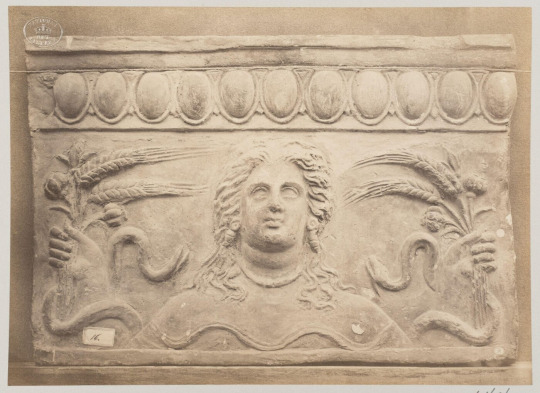
The image which likely served as the basis for the modern one, photograph taken in 1864. Image source
Right now it's really unknown where this original relief came from as there's little to no information from the museum listing I found this on, but I will continue to update this as time goes on if I find more info. For anyone else, feel free to update and reblog if you find more info before I do!
UPDATE: original image source has been found for the Roman relief, it is located at the Lourve! Source
#demeter#goddess#theoi#theoi worship#greek polytheism#hellenic pagan#hellenic polytheism#archaeology#history#greek mythology#paganblr
4K notes
·
View notes
Text
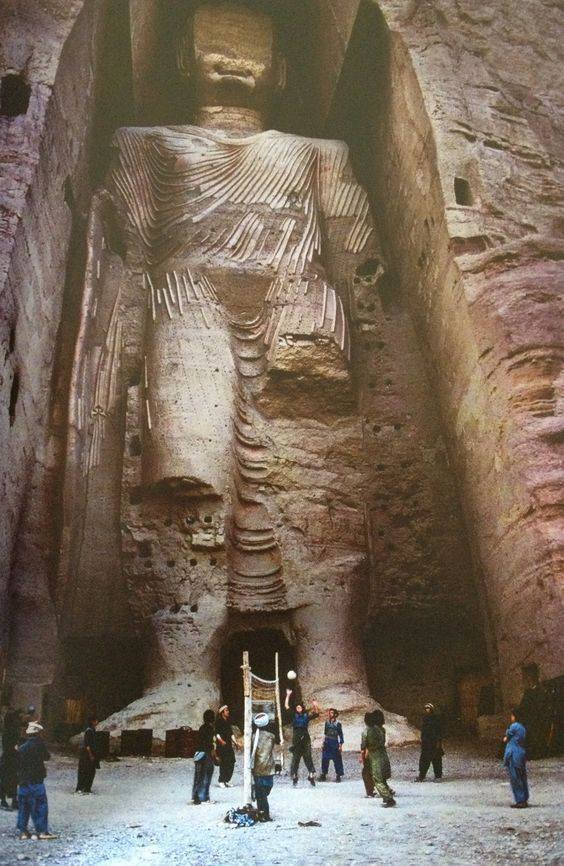
Buddha of Bamiyan in Afghanistan before its destruction in 1992, Photo by Steve Mc Curry
3K notes
·
View notes